Vietnam imports more cars as tariffs drop
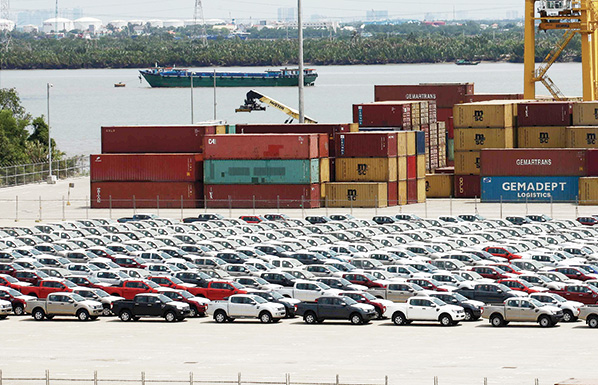 |
| illustration photo |
Toyota Motor Thailand (TMT)'s car exports to Vietnam rose by 15 per cent last year, despite a 15 per cent drop in its total car exports, said the company at a recent press conference.
Vietnam is among TMT's biggest customers, importing 58,700 cars from the company last year, making up about 20 per cent of its total car exports. In comparison, the company sold 13,600 cars to Laos (down 18 per cent on-year), 1,600 cars to Cambodia (up 19 per cent), and 1,100 cars to Myanmar (up by a sharp 159 per cent).
Experts are of the opinion that car imports to Vietnam will continue to increase as regional trade agreements come into effect.
From January 1, 2017, Vietnam cut the import tariff on completely built car units from ASEAN members from 40 to 30 per cent to meet its commitments under the ASEAN Trade in Goods Agreement, which aims to reduce trade barriers and expand markets among member states. As per the agreement, from 2018 Vietnam will be required to reduce this tariff to zero.
This change is shifting the business strategies of car companies in Vietnam. Toyota's new Fortuner 2017 cars that were introduced to the Vietnamese market in January are imported as completely built units and not assembled locally.
Tran Xuan Thuy, deputy director of sales and marketing at Toyota Vietnam, told Lao Dong newspaper in an interview in early January that Toyota Vietnam has no plans to move production of the new Fortuner line back to Vietnam, even though its domestically built cars generate solid sales.
Replacing locally built units with imported ones is also the plan for the company's Innova and Camry lines, but the Vios line will continue to be assembled in Vietnam. Thuy told Lao Dong newspaper that once the import tariff is removed, the cost of making a car in Vietnam will be much higher than in other countries in the region and importing will be more cost-effective than making, especially if companies have to make initial investments in new manufacturing technology.
He also said the change would not reduce the company's workforce in Vietnam, as production of other car lines will increase and total output will stay the same.
Lao Dong newspaper also quoted other industry insiders as saying that auto companies will not fully scrap their domestic production lines. They said Vietnam still has huge potential and investing in new factories would take at least five years. By owning factories, companies stay ready to bring back production to the country when the market and policies become favourable.
In April 2016, Truong Hai Auto Corporation, the biggest Vietnamese car manufacturer, broke ground for the expansion project of its automotive engineering complex Chu Lai-Truong Hai in the central province of Quang Nam, which can make up to 100,000 passenger cars and thousands of trucks and buses annually.
As previously reported by VIR, the number of cars in Vietnam is poised to increase. The car market has been producing double-digit growth, but as of last year, only 10 per cent of Vietnamese households owned a car, compared to the 53 per cent in the Philippines, the 54 per cent in Indonesia, and the 93 per cent in Malaysia.
Toyota Vietnam last year accounted for 25.5 per cent of the domestic car market. The company's profit quintupled over the four years between 2012 and 2015, from VND1 trillion to VND5 trillion ($224.2 million).
What the stars mean:
★ Poor ★ ★ Promising ★★★ Good ★★★★ Very good ★★★★★ Exceptional
Latest News
More News
- Samsung returns to top of the smartphone market: industry tracker (April 16, 2024 | 18:00)
- VitaDairy partners with KPMG Vietnam on digital transformation (April 16, 2024 | 16:38)
- Boeing says testing of 787 proves aircraft is safe (April 16, 2024 | 16:00)
- PwC rejects allegations on Evergrande audit (April 16, 2024 | 14:39)
- Vietnam’s agricultural products appeal to foreign customers (April 15, 2024 | 17:04)
- Businesses press for EPR guidelines (April 15, 2024 | 17:00)
- Planning for 30 airports to complete by 2025 (April 15, 2024 | 16:56)
- Apple announces Vietnam spending boost as CEO visits Hanoi (April 15, 2024 | 15:59)
- Norway stands ready to collaborate with Vietnam in EPR policy and practices (April 15, 2024 | 15:00)
- Accelerating Vietnam’s journey towards 5G (April 15, 2024 | 13:57)







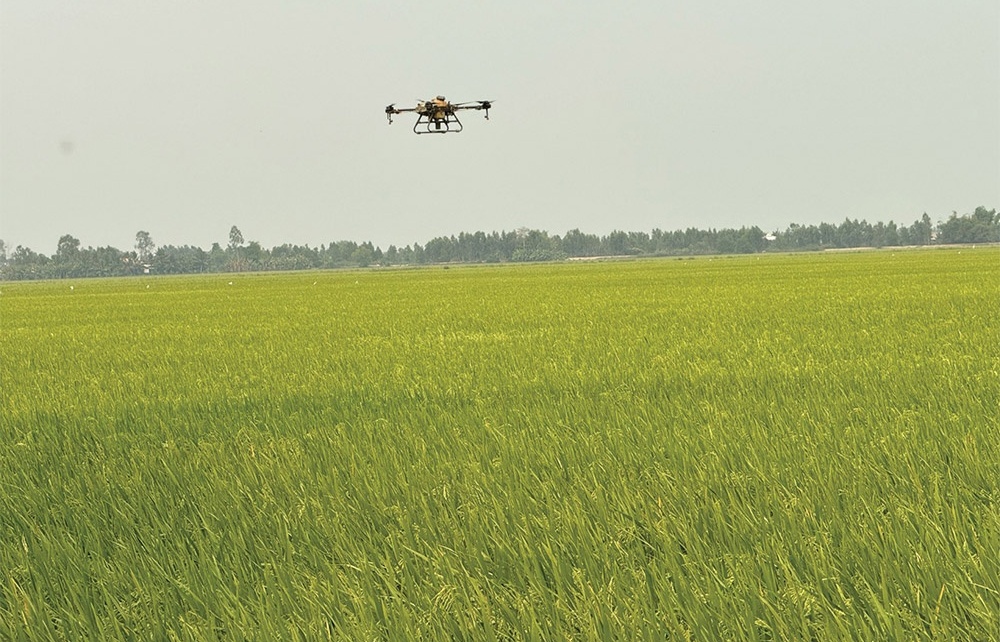
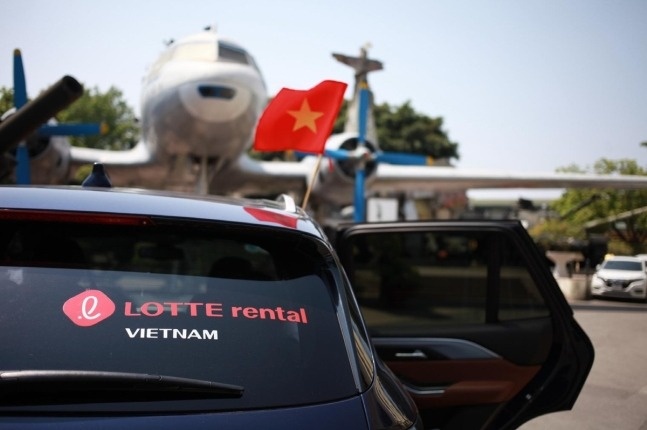


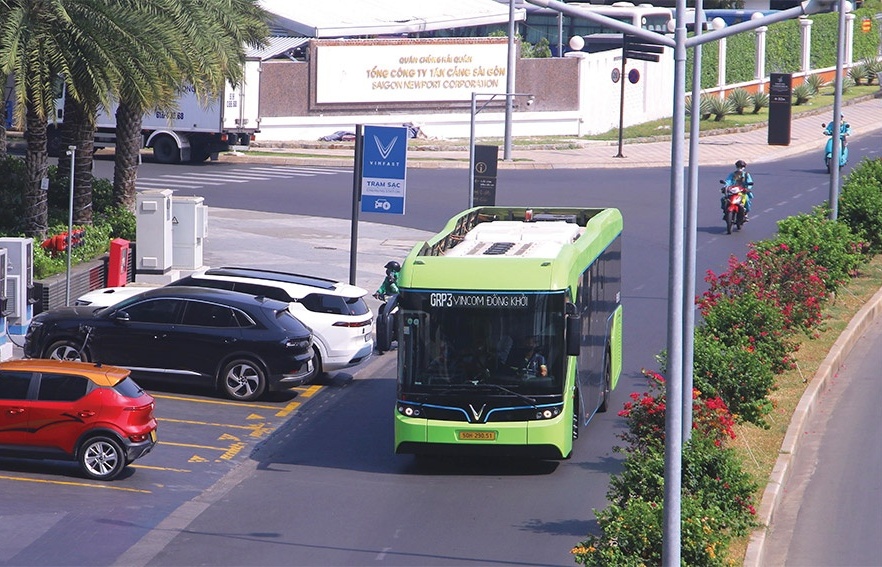
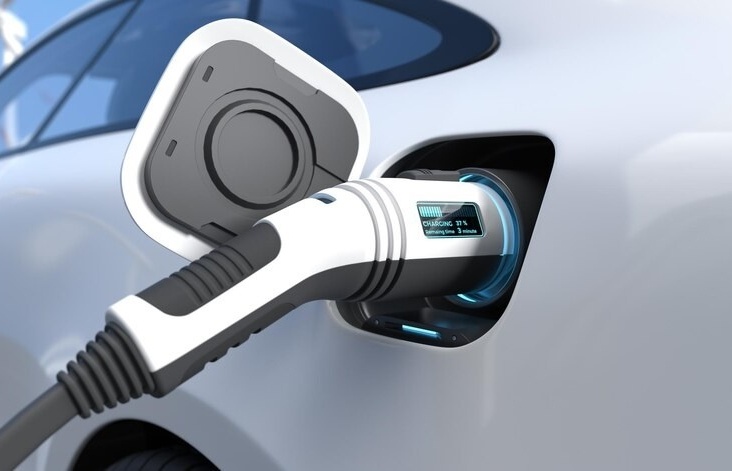

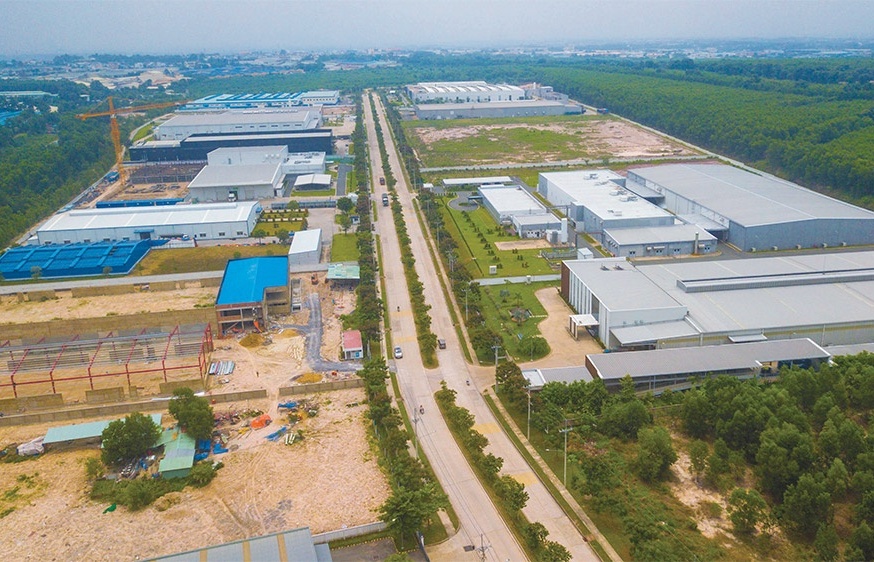



 Mobile Version
Mobile Version